Can You Drive On A Flat Tire? What To Do When You Get A Flat?
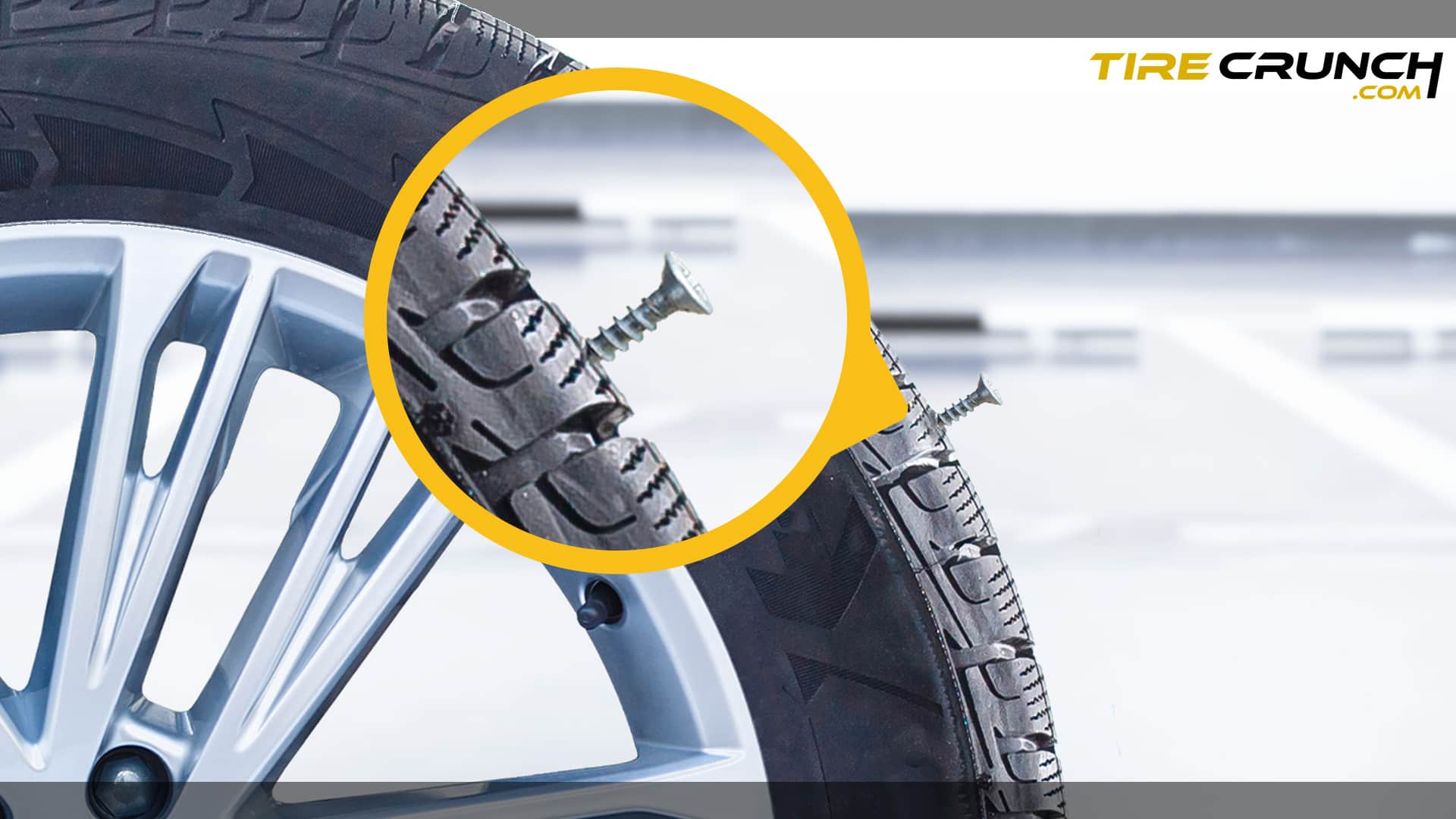
Tires are made of rubber, making them susceptible to damage caused by everyday road obstacles. Sharp objects such as screws and nails can easily pierce the tire tread if driven over, while blunter items like rocks, potholes, and metallic objects can cause a split or become embedded in the tread.
Key Takeaways
Can I Drive on a Flat Tire?
It's never a good idea to drive with a flat or low tire pressure.
Not only is driving with a flat tire incredibly dangerous, but it’s also illegal. Driving with tires that are low on air reduces driving safety and increases the risk of skidding and even losing control of your vehicle.
Even if one of your tires is slowly deflating, it’s essential that you stop immediately and change the affected tire. Driving with a slow puncture increases the risk of a tire blowout and an uncontrollable skid.
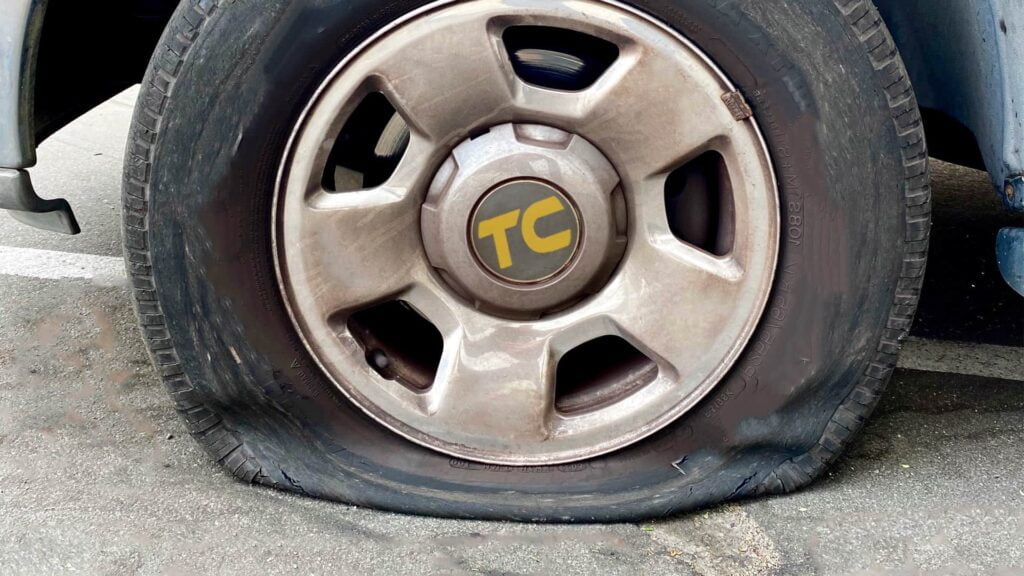
How to Avoid Driving on a Flat Tire
To avoid driving on a flat tire, there are several steps you should take.
1. Check Tire Pressure Monthly
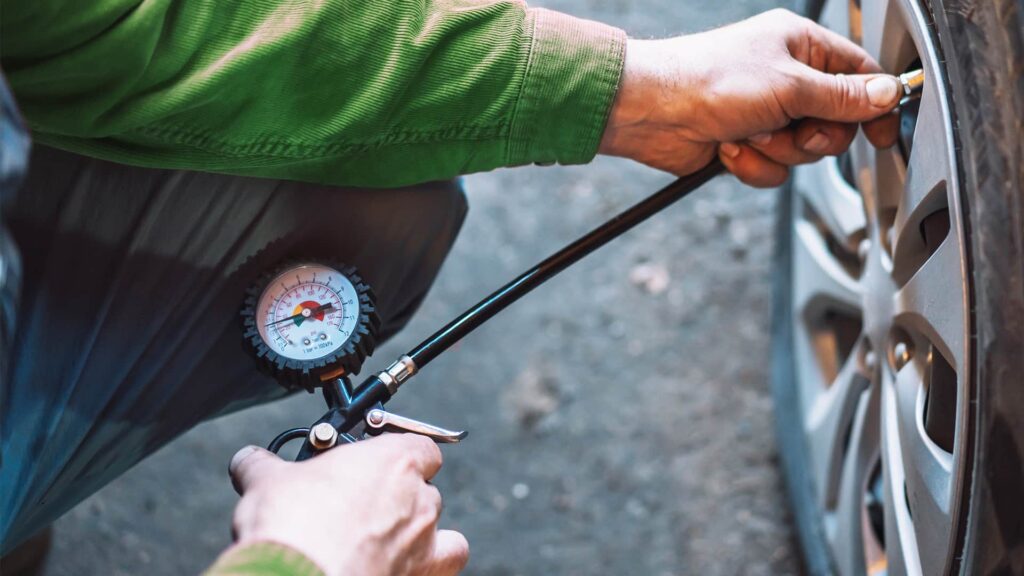
Making sure your tires are properly inflated is one of the best ways to prevent a flat tire. Tire pressure should be checked at least once per month and before any lengthy road trips. Low tire pressure can cause tire damage, reduce fuel efficiency, and increase the risk of a flat tire. To check the tire pressure:
2. Know When to Replace Your Tires
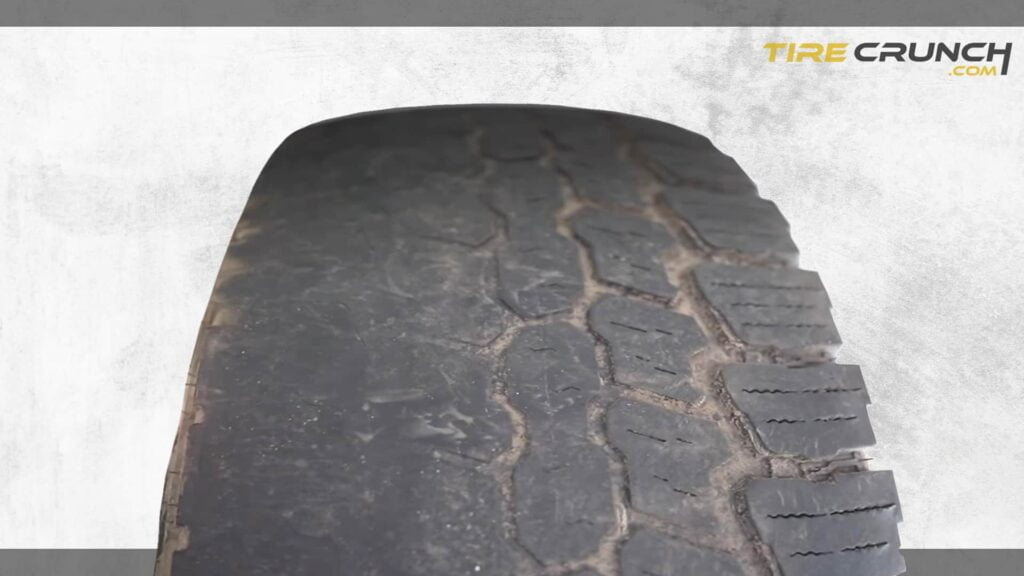
If you notice that the treads of your tires are wearing down, it is time to replace them with new ones. Driving on worn-out tires increases the risk of having a blowout or other dangerous situations when on the road.
3. Regular Alignment
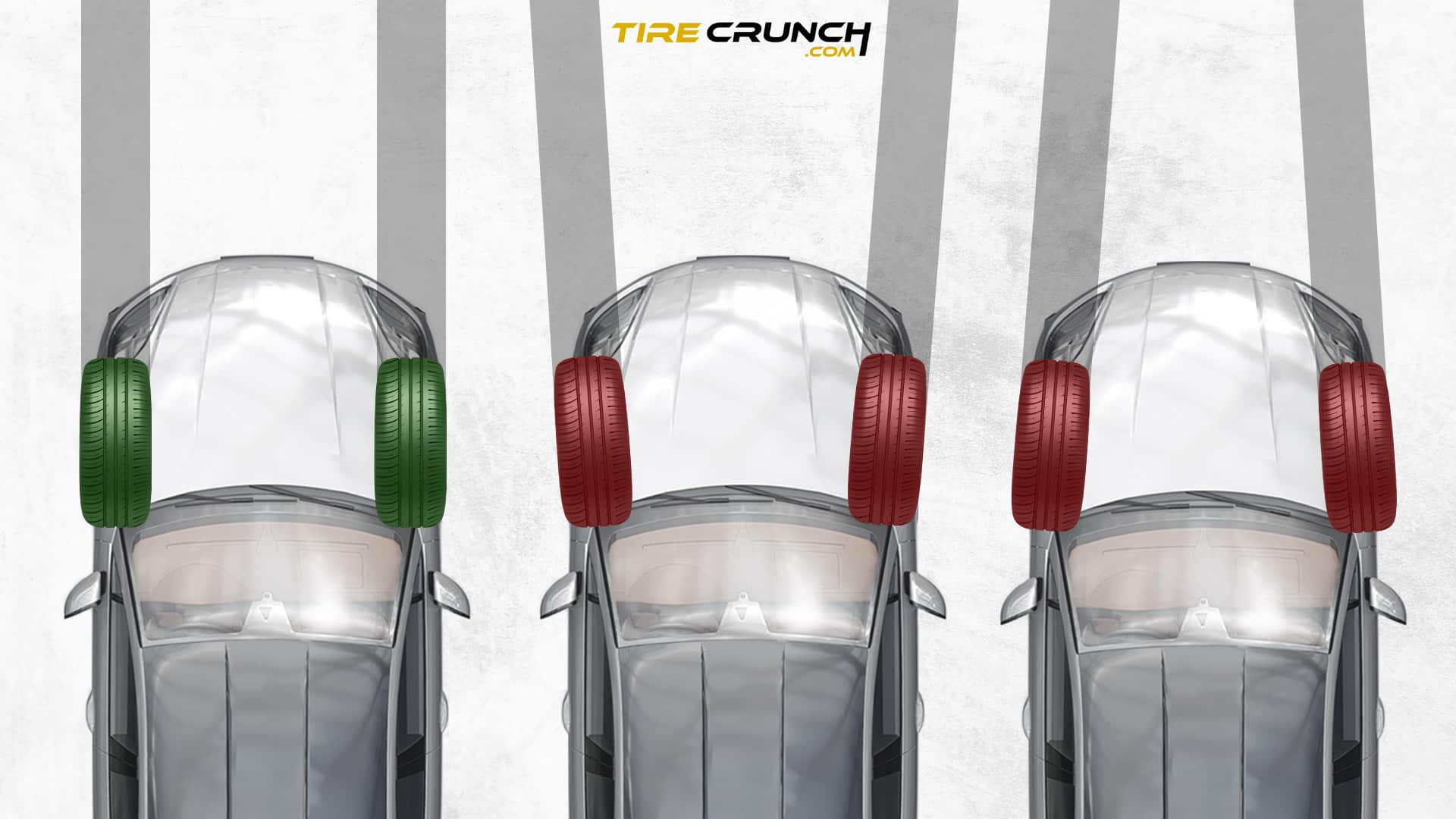
After every 8,000-10,000 miles (or 12,000-15,000 km), it is recommended to take your vehicle to an automotive repair shop for wheel alignment and additional inspection of the tires and suspension, and steering system components.
4. Don’t Surpass the Tire Load Limit
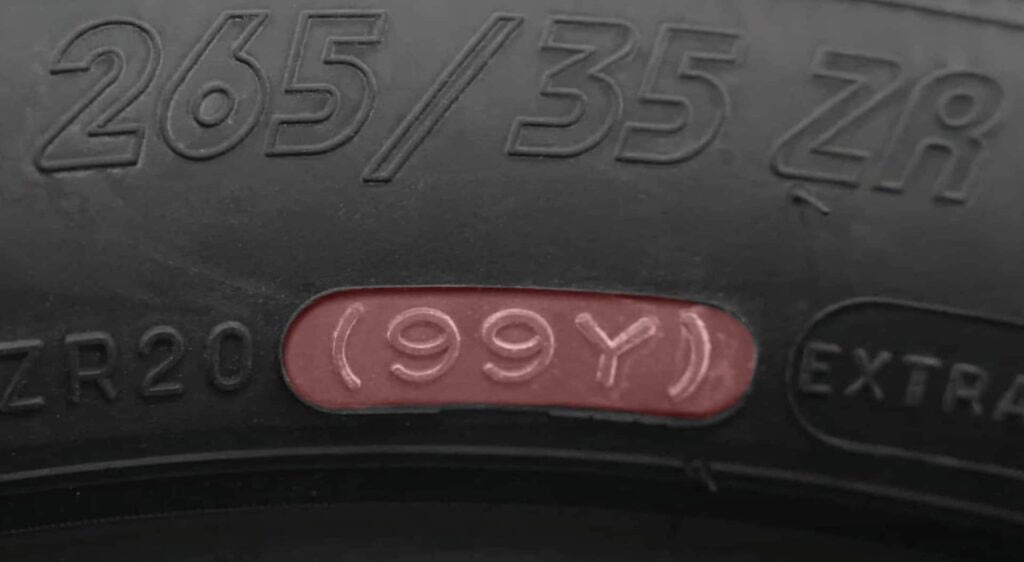
It’s also important to not exceed the maximum load rating or limit of your tires; overloading them can cause them to wear out faster or become damaged more easily. Furthermore, be aware of any road hazards such as potholes or debris that could potentially puncture your tires.
5. Equip Your Vehicle With Run-Flats
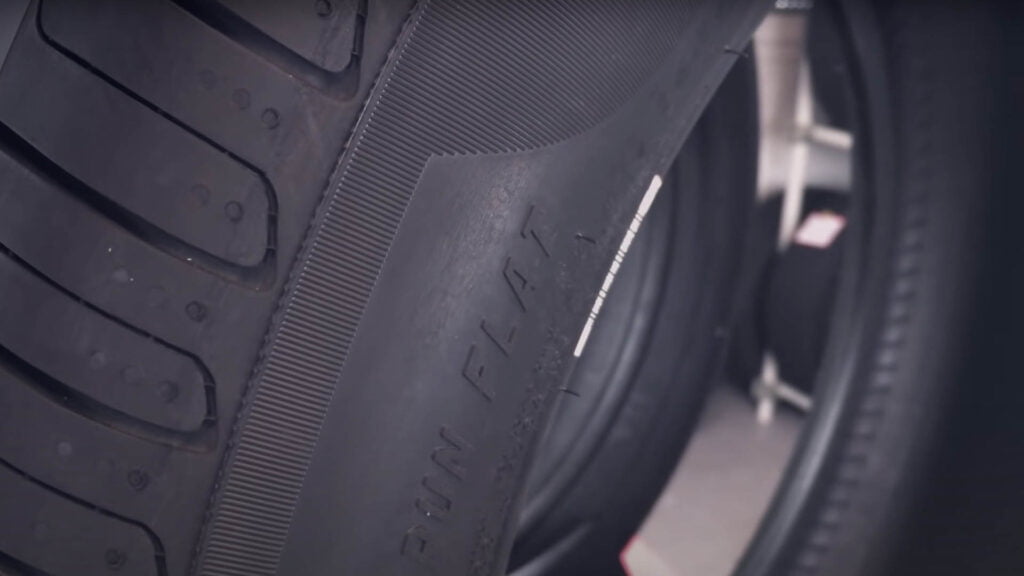
Finally, consider equipping your vehicle with run-flat tires. Run-flat tires are designed to remain functional even when they have no air in them so you can still drive a short distance without having to change the tire right away. Runflat tires feature reinforced sidewalls, allowing them to carry the weight of a vehicle for up to 50 miles regardless of punctures or tire damage.
What to do if you have a flat tire?
1. Stop in a safe space
Make sure it’s safe to change your tire on the side of the road. Look for a clear, level area away from traffic, and make sure your hazard lights are on.
2. Assess the damaged tire
If the damage is minor, you can try to inflate the tire using a mobile compressor so that you can safely make it to the nearest repair center.
3. Change the Tire
However, if the damage is more serious, you will need to replace the tire with your spare tire on the spot.
Be prepared by having all necessary items such as spare tires as well as a jack and wrench readily available in case of emergencies.
4. Call roadside assistance
If you encounter a situation where your spare tire is not in the proper condition or you have multiple flat tires, it’s best to call roadside assistance and wait for them in a safe place.
For vehicles with run-flat tires, you can continue driving up to 50 miles at no faster than 50 mph. In any case, it is important to drive safely and err on the side of caution when dealing with flat tires.
Tire Plugging vs Tire Patching
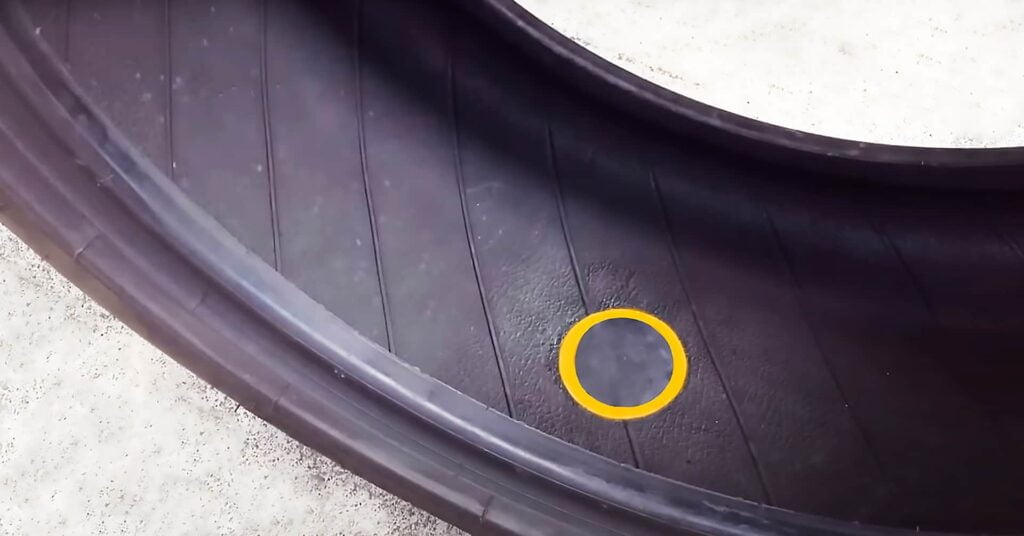
Tire plugs are a temporary solution – they can help keep you on the road while you wait for a new tire, but they won’t last forever. The necessary reaming process cuts the tire cords which could weaken the structure of the tire, reducing its life span.
Since these plugs aren’t particularly strong, they’re not meant to be used permanently – although some sources report that in certain situations, they can be driven on for up to 25,000 miles.
On the other hand, patches provide a longer-lasting fix than plugs. Patches are thin pieces of rubber affixed to an inner liner using rubber cement or adhesive.
Done right, this repair can last indefinitely.
If you want to make sure your repair will last and be road-legal, consider using a combination plug-patch which is considered at the best remedy for a puncture.
How to spot a flat tire while driving?
If your car is equipped with a Tire Pressure Monitoring System (TPMS), it will be monitoring the pressure of your tires continuously and alert you in case of any problem.
However, there are plenty of other indicators that can help you spot a flat tire before it even becomes an issue.
FAQs
How Long Does Tire Foam Last?
Even though a tire foam or sealant can be used to temporarily repair a puncture, it’s important to remember that this is only a short-term solution and the tire still needs to be fully examined for internal damage.
Generally, these sealants can last anywhere between 50 – 100 miles before they become ineffective, so it’s important that you get your tire professionally fixed or replaced as soon as possible.
In order to ensure your vehicle remains safe and roadworthy, head straight to a tyre fitter or garage after making the temporary tire repair.
Do You Need To Balance A Tire After A Puncture?
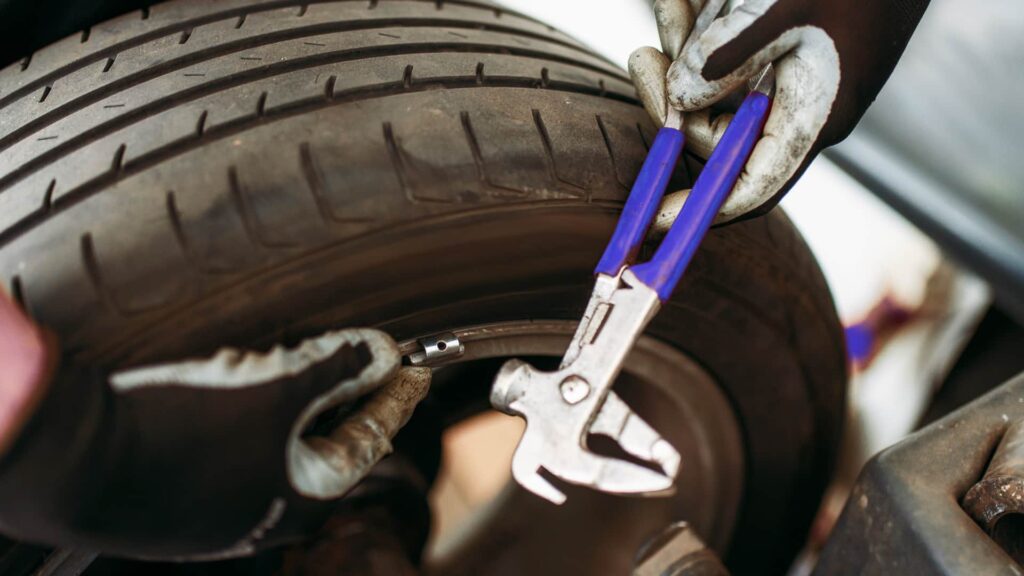
Balancing a tire after a puncture is not necessary, but it is recommended. When a tire is punctured, the weight of the wheel and tire assembly ccan become unevenly distributed, which can lead to vibration and other issues while driving.
To ensure your safety and comfort, it is best to have your tires balanced after any repair or replacement. Balancing your tires will help to distribute the weight evenly around the circumference of the tire and reduce any vibrations caused by an unbalanced wheel.
Can You Drive With A Screw In Your Tire?
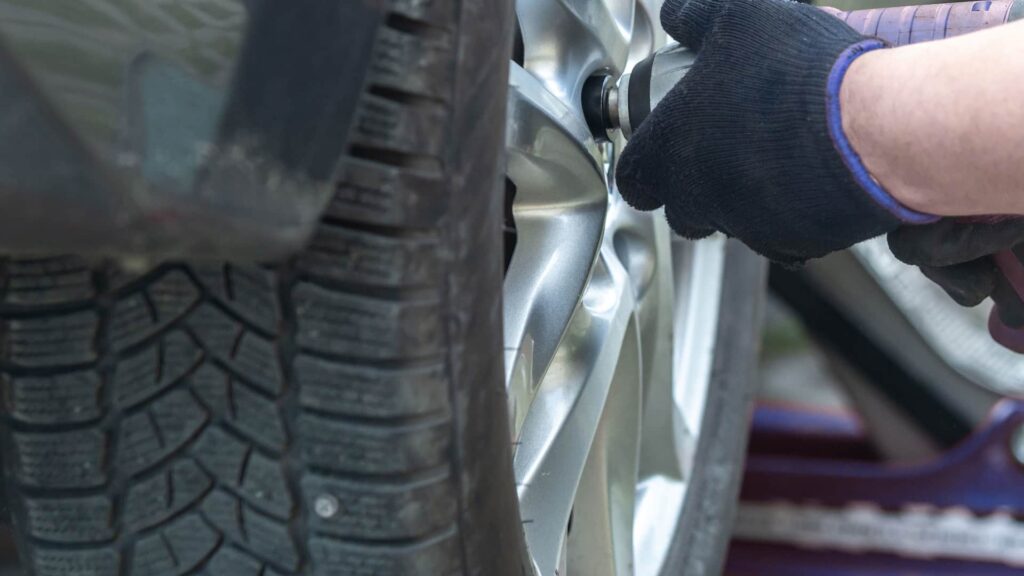
If you find that the item causing your puncture is still embedded in your tire, it is best to leave it right where it is.
Contrary to popular belief, removing a screw, piece of glass, or nail may actually enlarge your puncture and make it worse. If the object is pushed into the tire far enough, it may even be preventing any further air from escaping!
Driving a short distance to get it fixed or replaced is acceptable, but continuing to drive further with a screw on board can be very dangerous. A screw left in place can cause the tire to blow out, leading to loss of control and a potential collision with other motorists. To stay safe, it’s best to get the tire fixed or replaced as soon as possible.
What Causes A Flat Tire?
One of the most common flat-tire damage causes is a puncture caused by driving over something sharp like a nail.
Aside from punctures, other common causes of flat tires include issues with the tire valve such as when it is loose or leaking, if the valve is damaged and can no longer maintain the correct tire pressure, or if there is a leak from the tire bead.
Beyond punctures and the issues mentioned above, less common causes of flat tires include a leak from alloy wheels.
Final words
In conclusion, driving on a flat tire is dangerous and illegal. If your tire goes flat, it’s essential that you stop driving as soon as possible and examine the tire for any damage.
To prevent this situation from occurring, it’s important to check your tires regularly with a tire pressure gauge and be aware of any signs of wear and tear. Additionally, equip your vehicle with run-flat tires if possible.
